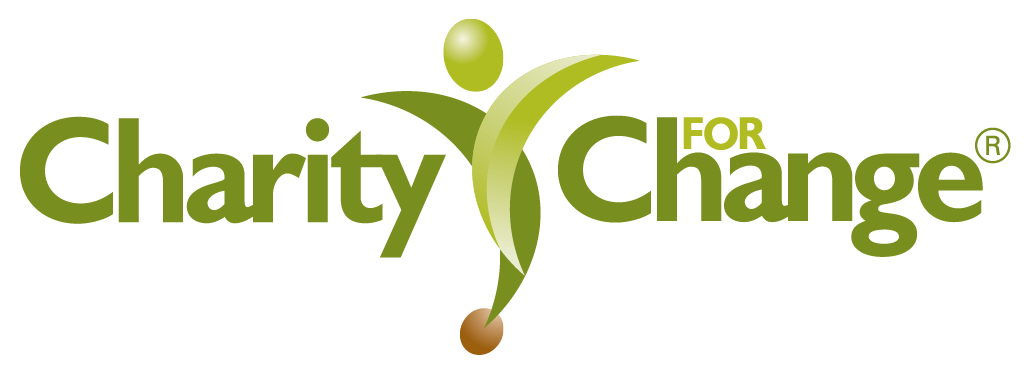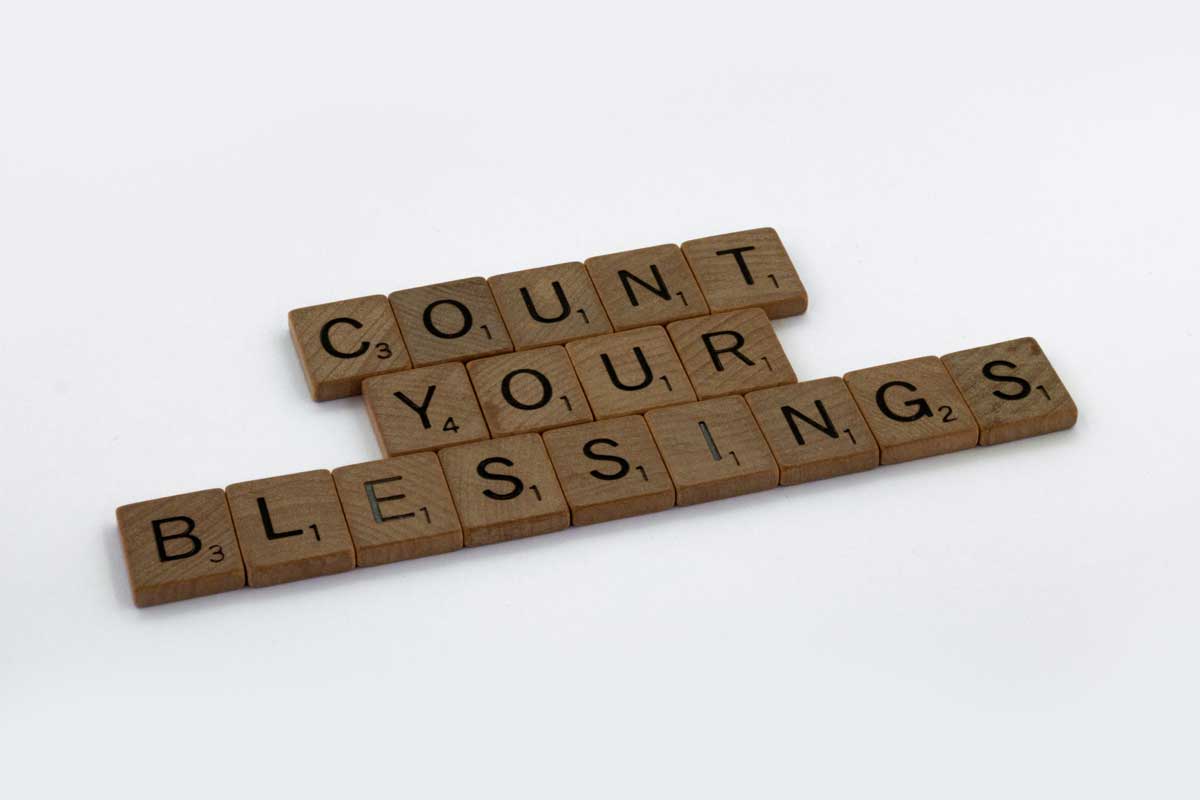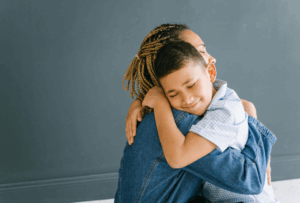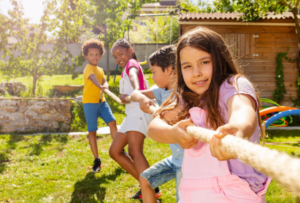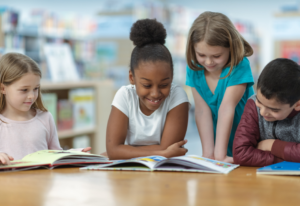By Karen Conley, President, CEO and founder of Charity for Change
November is National Gratitude Month, which makes sense as it is typically around this time of year that we begin to reflect on all that we have to be thankful for. However, gratitude is more than being thankful. Gratitude is about showing appreciation and expressing that appreciation through action. Additionally, it is about framing our thoughts around gratefulness so that our innate behavior becomes compassionate and kind.
There are four main components to gratitude:
- Observation: Noticing when someone does something nice for you, no matter how large or small.
- Contemplation: Thinking about why this nice thing was done and what it means to you.
- Comprehension: Understanding your feelings about the kindness you received.
- Action: Expressing your gratitude for that kindness.
Genuine gratitude takes practice. It requires us to be more aware of our experiences, interactions, and how our choices can impact our emotions and the feelings of the people around us. Practicing and living a life of gratitude can increase your empathy, boost your self-esteem, and strengthen your mental health. Additionally, there are signs that gratitude can improve your physical health.
Practicing Gratitude at School
There is evidence that there is value in encouraging students to practice gratitude. Recent studies show that children’s happiness is linked to gratitude as early as age 5. Furthermore, gratitude helps children’s self-awareness, social awareness, and relationship skills because they learn the power of kindness, appreciation, and compassion.
Here are a few activities that can help students practice gratitude at school:
- Gratitude Journal: Have students keep a journal of gratitude. Each week, have them write down something they are grateful for. It can be a person, place, or thing. Then have them explain why they are thankful and how it makes them feel.
- Acts of Kindness: In this exercise, ask students to think of a time when someone was nice to, cared for, or helped them. Have them share that kindness and what that meant to them. Depending on age, this can be done by drawing a picture or writing a poem or short story.
- Grateful for Things: We are not only grateful for the people in our lives. Gratitude can be for the tangible items that make our lives easier or more enjoyable. This can range from food to technology to home. Ask students to think about their favorite things in their lives and the people who made it possible to enjoy them. Have them imagine how they could express their gratitude. Then have them share their thoughts with the class and what the activity taught them about gratitude.
- Recognizing Those Who Came Before: For older students, have them identify a historical figure whose actions have benefitted society. Through research, they can learn about the figure’s intentions, what their actions cost them, and why it was worth pursuing. In an essay or presentation, have students share why they are grateful for those actions and how it has made a difference in their life.
Practicing Gratitude at Home
Research indicates that practicing gratitude can increase happiness by 25 percent. As a family, you can become a cheerier household by reflecting on gratitude and appreciation together.
Below are a few activities to help your family practice gratitude at home:
- Daily Gratitude Check-in: At breakfast or on the car ride to school, ask your child(ren) to name one thing they are grateful for that day. Then share what you are thankful for and why.
- Gratitude Around the Table: Dinner at the family table is a great time to share the moments you are each grateful for throughout the day.
- Gratitude Walks: Whether walking around the grocery store, through your neighborhood, or on a nature trail, take the opportunity to observe and reflect on the environment around you and what things you see that you are grateful for.
- Express Thankfulness: Brainstorm together and list the people you each appreciate in your life. Think of ways to communicate your appreciation with handmade thank you cards, help with chores, and quality time.
Practicing Gratitude as an Adult
We know that as adults, we often need to lead as an example for the children in our lives. Practicing gratitude as a grown-up not only helps with this but is also a way to nurture our self-care. You may think, “you can’t teach an old dog new tricks;” however, neuroscientists have found that our brain continues to grow and reshape as we age. So, it is never too late to start moving our attitudes and feelings in a more positive direction.
Here are a few tips on how to practice gratitude as an adult:
- Daily Gratitude Moment: During the day, perhaps first thing in the morning or before you go to bed, think of something you are grateful for. It can be something significant like a family member or a friend, or small such as hot coffee or a comfortable bed. Take a few moments to contemplate how it makes you feel and sit with that feeling for a few seconds.
- Reframe Negative Thoughts: If you find yourself thinking negatively or in a complaint cycle, work on positively shifting those thoughts and feelings. If your thoughts are about a person, consider reasons why you are grateful they are in your life. If it is a challenging situation, try to find the silver lining – you can usually find at least one. By reframing these thoughts, you are not only changing how you feel at that moment but also training yourself to think with a positive mindset habitually.
By practicing gratitude, we reduce our anxiety and become more thoughtful and considerate human beings. And when we encourage our kids to express appreciation, compassion, and gratitude, we are planting the seeds to grow a kinder and more resilient world.
About the Author
Karen Conley is President, CEO and founder of Charity for Change, a non-profit social-emotional learning educational organization funded by philanthropy. For information, visit charityforchange.org.
